-
Posts
3,939 -
Joined
-
Last visited
-
Days Won
1
Content Type
Profiles
Forums
Blogs
Gallery
Events
Store
Posts posted by Christophe
-
-
Hint #2 :
After the fall of the Soviet Union, the oldest "sister" amongst the ten has been called Kremlyov (Кремлёв), but today her name has changed one more time...
Ch.
0 -
Hint #1 :
The 5 Oblasts are : Nizhny Novgorod Oblast, Sverdlovsk Oblast, Chelyabinsk Oblast, Tomsk Oblast and Krasnoyarsk Oblast.
Ch.
0 -
Question #13
Children of the Cold War, we were 10 sisters.
We were a very secret family spread out among 5 oblasts.
After the end of the Soviet Union, we changed our names.
Who or what are we ? What is our "family" name ?
Good hunt and good luck...

Ch.
0 -
Surprisingly I could not find anything on the web after doing searches many different ways, that stated his likeness was used on the Order of Alexander Nevsky.
Hi Dan,
On the web, I don't know... But this is, at least, mentioned in Georgi Putnikov's "Orders and medals of the USSR" published by Novosti. Maybe in other books as well (no time to check at present...)...
Cheers.
Ch.
0 -
I am Nikolay Konstantinovich Cherkasov.
Nikolay Cherkasov (Russian: Никола́й Константи́нович Черка́сов; 27 July [O.S. 14 July] 1903 – 14 September 1966), was a Soviet actor and a People's Artist of the Soviet Union.
He was born in Saint Petersburg. From 1919 he was a mime artist in Petrograd's Maryinsky Theatre, the Bolshoi Theatre, and elsewhere. After graduating from the Institute of Stage Arts in 1926, he began acting in the Young Spectator's Theatre in Leningrad.
Cherkasov was one of Stalin's favorite actors and played title roles in Sergei Eisenstein's monumental sound films Alexander Nevsky (1938) and Parts I & II of Ivan the Terrible (1945 & 1946; though Part II was not officially released until 1958 for political reasons). He also played Jacques Paganel in the memorable 1936 adaptation of Jules Verne's The Children of Captain Grant. In the 1947 comedy Springtime Cherkasov appeared alongside other icons of Stalinist cinema, Lyubov Orlova and Faina Ranevskaya. For the role of Alexander Popov in the film Alexander Popov in 1951 he received a Stalin Prizeof the second degree. In 1957 Cherkasov portrayed Don Quixote in director Grigori Kozintsev's screen adaptation of that novel.
In 1941, Cherkasov was awarded the Stalin Prize; in 1947, he was named a People's Artist of the Soviet Union. He wrote his memoirs, "Notes of a Soviet Actor" in 1951. He died in Leningrad in 1966 and was buried in the Cemetery of Masters at that city's Alexander Nevsky Lavra.
The connection with an Order is indeed the Order of Alexander Nevsky because his face is the representation of this hero on the Order.
Ch.
0 -
-
Hi Dan,
We can say you are the winner because you posted the right picture.

But, probably because of the manner your pic has been cut at the bottom, your date is not correct. This AVERS has been published in 1993.
For the fun (is it really fun, BTW...?) AVERS in 1993 quoted HSU at $450, Order Mother Heroine at $25, Nakhimov 1st Class at $ 2500, Order of Glory 1st Class at $ 400....

Dan, congrats, you get the point !!

Your turn, now...
Ch.
0 -
No one inspired ?
 )
)No one ever used the AVERS guides ?

Cheers.
Ch.
0 -
Question #11
As I have not so much time available right now, I will make a simple and easy one...

We all know (and use) the AVERS ABEPC) catalogs.
The 1st one, AVERS 1, has been published in 1995. It was called "A practical guide for collectors (coins, badges, jettons, awards and other antiques). Price guide".
The 2nd one, AVERS 2, has been published in1996. It dealt with "Soviet badges and jettons".
There have been 8 AVERS catalogs in total, the last one being AVERS 8, published in 2008...
But, before these 8 editions of the catalog, one "initial" AVERS, A4 sized paperback version, in black & white, has been published in Moscow. it was called "AVERS" (ABEPC), simply...
Question :
1. When has been published this "initial" AVERS catalog ?
2. Post a picture of its cover.
The winner will be the first to answer / post both questions.
Good hunt and good luck...

Ch.

 0
0 -
Euhhhh...

Ch.
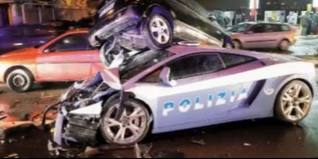 0
0 -
This car is the VAZ-1111 Oka (or VAZ-11113).
It is is a city car designed in Russia in 1988 by AvtoVAZ featuring a 750 cc SOHC 2-cylinder engine.
The car was developed by AutoVAZ, but it has never entered volume production there.
All production was sourced toSeAZ factory in Serpukhov and ZMA in Naberezhnye Chelny (formerly owned by Kamaz and now owned by SeverstalAvto). There were plans to start production at the new plant in Yelabuga which never materialized. The car is also produced in Azerbaijan by the Gyandzha Auto Plant.
The name comes from the Oka River in Russia upon which Serpukhov is situated.
This extremely cheap, lightweight and simple car replaced the ZAZ Zaporozhets, which had been developed in 1975 as the "people's car" and served its purpose for almost ten years as a low-end transportation, although it was occasionally the butt of cruel jokes. There was only one Soviet car more basic, and that was a special vehicle for disabled people,
1. A simple motorcycle engine. Decision was made to implement the "chopped in half" VAZ 2108 4-cylinder engine.
2. At the 1989 Moscow International Motor Show, VAZ exhibited a battery-electric version known as the VAZ-111E. The car was produced on a direct order basis until 1998.
Ch.
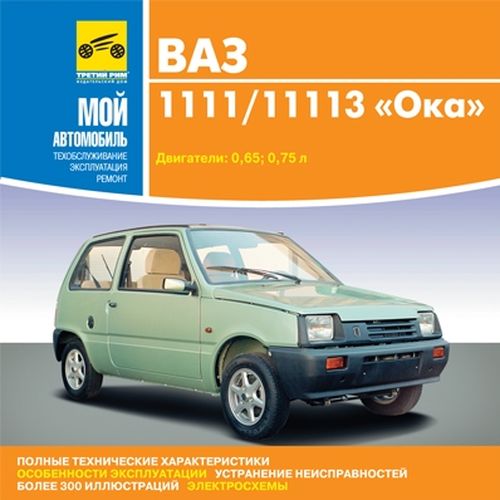 0
0 -
Up to 30 N. K. Krupskaya Medals each year, and 22 years of existence... So a very rare medal... I have never seen one in real...
Ch.
0 -
Hi UB,
Excelelnt answers !! You win the point !!
 :jumping:
:jumping:This Krupskaya Medal is one of the less known awards of the Soviet Union...
Your turn now.

Ch.
0 -
Question #9
Look at the picture below...
They are well known, at least one of them...

They (both of them) gave their own name to at least one order or medal...
Which ones ?
Question :
1. Give the names of the two persons.
2. Give the names of at least one of their own name-related awards.
3. Give the criterias (in broad lines) of awarding of these awards.
The winner will be the first member fully answering the 3 questions.
Good hunt and good luck...

Ch.
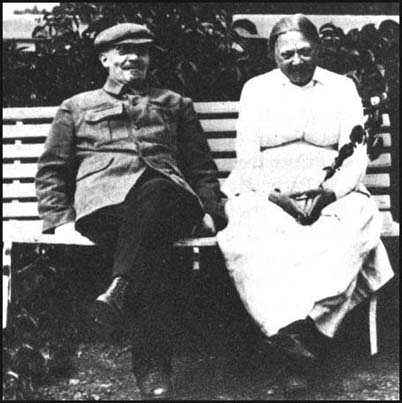 0
0 -
. My name fits rather well with my work.
Funny...

Ch.
0 -
I am Artur Nikolayevich Chilingarov (Russian: Артур Николаевич Чилингаров; born 25 September 1939) is a Russian polar explorer. He is a corresponding member of the Russian Academy of Sciences, was awarded the titleHero of the Soviet Unuion in 1986 and the title hero of the Russian Federation in 2008.
He was born in Leningrad. In 1963 he graduated from the Arctic faculty of the leningrad Maritime Institute named after admiral S.O. Makarov. As an engineer-oceanologer he was directed to Tiksi observatory of the Arctic and Antarctic Research Institute. In 1969 he was appointed head of the drift ice station North Pole 19 and in 1971 Chilingarov headed the Bellingshausen Station of the 17-th Soviet Arctic Expedition.
Between 1974 and 1979 he worked in the West sector of the Arctic as head of the Amderma Administration of hydrometeorology and environment control. Under his direction new forms of Arctic operative navigation support were implemented; for the first time experimental works on cargo transfer to fast ice during wintertime were carried out in Yamal peninsula. His experience in navigation support on the Northern Sea Route Chilingarov summarized in his dissertation for the scientific degree of a kandidat of geographical sciences.
In 1985 he headed the special expedition on research vessel Mikhail Somov, which was ice-blocked in the Southern Ocean. For successful performance of salvation operations in extreme conditions and shown organizational abilities and courage Chilingarov was awarded the title HSU on February 14, 1986.
In January 2002 he led an expedition hosted by Adventure Network International to the South Pole along with 14 other tourists on a Antonov An-3 biplane. In January 2007 He led a helicopter expedition to Antarctica.
During the 2007 Russian North pole Expedition, Chilingarov, accompanied by five other explorers from different countries, descended on 2 Mir submersibles to the seabed 13,980 feet below the North pole in order to plant the Russian flag there and gather the specimens of the bottom ground In regard to the territorial claims in the Arctic, Chilingarov was quoted as saying, "The Arctic is Russian. We must prove the North Pole is an extension of the Russian landmass".
In July 2008, Russia announced it was sending Mir submersibles to descend one mile to the bottom of Lake Baikal, to conduct geological and biological tests on its unique ecosystem. Chilingarov is scheduled to join 60 dives in total. On July 29, 2008, Chilingarov took part in a dive to a depth of 1,580 meters in Lake Baikal, short of the record of 1,637 meters.
On January 10, 2008 Chilingarov was awarded the title hero fo the Russian Federation, for "courage and heroism showed in extremal conditions and successful completion of Hight-Latitude Artic Deep-Water Expedition.
In August, 2009 he revealed a planned Arctic expedition in April, 2010. Chilingarov plans to fly on dirigible AU-30 manufactered by the Aeronautic Centre Avgur.
Awards :
- Hero of the Russian Federation (January 9, 2008) - for courage and heroism displayed in extreme conditions, and the success of high-latitude Arctic expedition
- Hero of the Soviet Union (February 14, 1986) - for exemplary performance targets for the release of the research vessel Mikhail Somov from the ice of Antarctica, leadership in rescue operations during the period of drift and displaying courage and heroism
- Order of Merit for the Fatherland, 3rd class (June 12, 2007) - for active participation in legislative activities and the success of high-latitude air expedition to South Pole
- Order of Naval Merit (27 January 2003) - for outstanding contribution to research, development and use of the oceans
- Order of Lenin
- Order of the Red Banner of Labour
- Order of the Badge of Honour
- Honoured meteorologist of the Russian Federation (11 February 2005)
- USSR State Prize - for the development of methods of cargo handling on fast ice in Yamal
- Order of Polar Star (Yakutia, 25 November 2002)
- Order of St. Mashtots (Armenia, September 17, 2008) - in connection with the 17th anniversary of the independence of the Republic of Armenia
- Commander of the Order of Bernardo O'Higgins (Chile, 2006)
- Order of Friendship (South Ossetia), (June 19, 2009) - for his great contribution to strengthening friendship and cooperation between peoples, actively promote the development of democracy and parliamentarianism in the Republic of South Ossetia and to provide practical assistance to its citizens in the implementation of voting rights
- Chevalier Legion of Honour (France, 2010)
- Medal of Anania Shirakatsi (Armenia, October 31, 2000) - for his contribution to the strengthening and development of Armenian-Russian friendship
- Order of St. Prince Daniil Moskovsky, 2nd class (Russian Orthodox Church, 2009) - in consideration of the works, for their active participation in the development of church life and in connection with the 70th anniversary of the birth
- Medal "Symbol of Science" (2007)
Ch.
0 - Hero of the Russian Federation (January 9, 2008) - for courage and heroism displayed in extreme conditions, and the success of high-latitude Arctic expedition
-
Hi Dan,
Perfect !!! You win...

Maybe this one was too easy... But I found the story very intesresting, in the style of "Hunting for Red October" .)))
Your turn, now...

Cheers.
Ch.
0 -
Question #7
I was born in Komsomolsk-na-Amure and disappeared close to Pearl Harbor.
Several animals are connected to me : scorpion, halibut and swordfish... But I don't really like fish...
Question :
1. Who (or what) am I ?
2. What is my history ?
3. Give the reason why these 3 animals are connected to me.
The winner will be the first member fully answering the 3 questions.
Good hunt and good luck...

Ch.
0 -
Thanks Frank for the link.

The "old" site is still present when you click here : "Сайт cоздан 15 декабря 1999 года".
Cheers.
Ch.
0 -
What do you think of Yumjaagiin Tsedenbal (Mongolian: Юмжаагийн Цэдэнбал; September 17, 1916 - April 20, 1991) was one of the leaders of Mongolia from 1952 to 1984 ?
5 Sukhbaatar Orders + 1 Title Hero of Mongolia.
Ch.
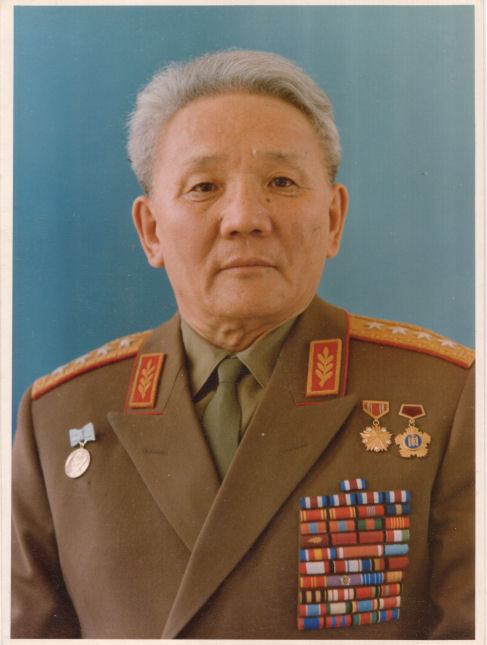 0
0 -
Excellent Lucasz !!

Congratulations
 .
.Your turn, for the next one...
Ch.
0 -
Question #5
Born on 14 March 1990, I disappeared very early, in December 1991.
My short life has not been spent without troubles, and these eventually caused my end...
At the peak of these troubles, one "actor" was on holidays, and the other drunk...
1. Who or what am I ?
2. Who were the two "actors" ?
Good hunt and good luck...

Ch.
0 -
I was Stalin.
Being a very private man Stalin gave the order that no person should enter his bed chambers on pain of death.
Later, while in his chambers he decided to test whether his guards had listened to this instruction. Pretending to scream in pain he called for the guards stationed outside the door. Fearing that their leader was in trouble the guards burst into the room. Stalin had them executed for failing to follow his standing orders.
This little prank soon backfired, however, when Stalin suffered a seizure while alone in his bedroom. The guards were too afraid to enter, finding him hours later laid in a puddle of stale urine. He died three days later, in March 1953...
Ch.
0 -
Congrats Dan !!
 :jumping:
:jumping:You are the winner !!!

Your turn, now...

Ch.
 0
0




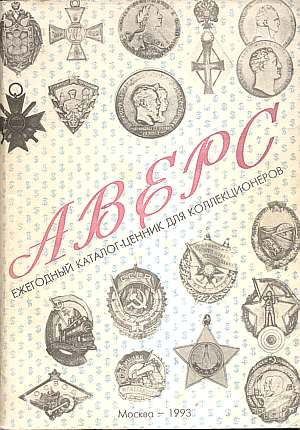
THE SOVIET QUIZ - 2012
in Russia: Soviet: Other Militaria
Posted
Hint #3 :
We were 10 main "sisters"...
Here is a hint about the youngstest :
Ch.